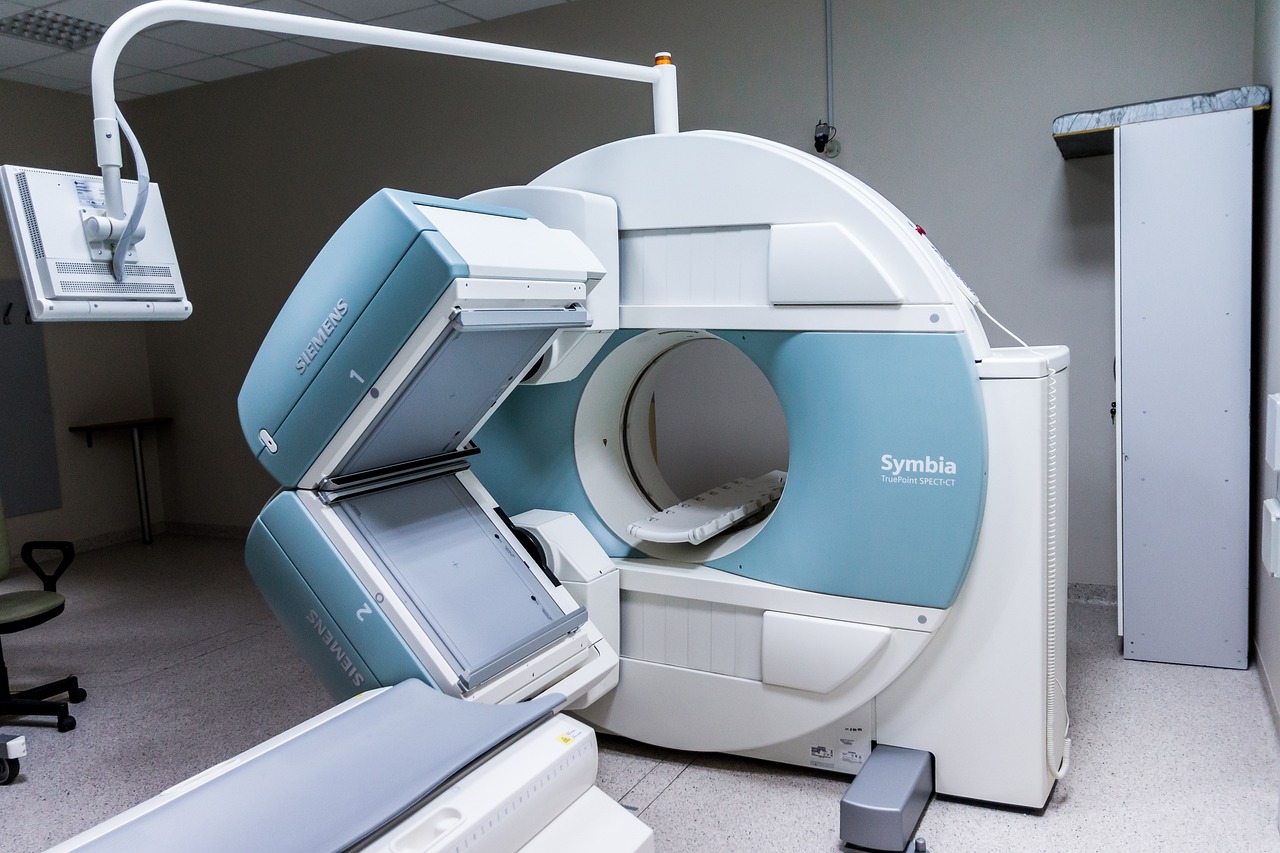If you have multiple sclerosis (MS), you’ve probably had several MRIs “with” and “without.” The “with” means injecting a contrast agent containing gadolinium into a vein. The agent then travels into the brain, where it “lights up” areas of active inflammation that otherwise would be difficult or impossible for doctors to see.
Using a gadolinium-based contrast agent is an important part of the diagnostic and disease-tracking process for people with MS. But there have been concerns about the possibility that some gadolinium may remain in the patient’s body long after the MRI.
Concerns about gadolinium
Gadolinium is a silvery-white earth metal. When used as a contrast agent, it’s mixed with other chemical elements that surround it to prevent it from harming the body.
Although 90% of the gadolinium is supposed to quickly exit the body via the urinary system in patients with normal kidneys, in 2017 the U.S. Food and Drug Administration (FDA) issued a safety statement noting that some people who have been injected with it several times may have retained gadolinium deposits. Such was the case for former MS News Today columnist Debi Wilson, whose naturopathic doctor discovered a small amount in her body a few years ago.
According to the FDA, there’s no indication that such deposits are dangerous, but some patients believe they are. Because of this concern, the FDA advises medical providers not to use gadolinium-based contrast agents unnecessarily. The Consortium of Multiple Sclerosis Centers considers MRIs with gadolinium to be essential for patients with active disease or whose disease course is rapidly or unexpectedly declining. But it recommends that they be used judiciously on other MS patients and suggests that they may not be needed for routine MS monitoring.
Enter Elucirem into the MRI room
In late September, the FDA approved a gadolinium-based contrast agent called Elucirem (gadopiclenol). Elucirem has a high relaxivity, a measurement of the sensitivity of a contrast agent. The medical imaging company Guerbet said in a press release that high relaxivity allows a radiologist to obtain the same result as with conventional contrast agents, but with only half the amount of gadolinium. A spokesperson for Guerbet told me in an email that the company expects Elucirem to be available in the U.S. in the first quarter of 2023.
Will Elucirem be used for MS MRIs?
I wondered what radiologists in the U.S. thought about this new contrast agent, so I reached out, again by email, to the American College of Radiology (ACR), which represents more than 41,000 radiologists. I asked if the organization expects its members to begin using Elucirem for routine MRIs of MS patients once it becomes available. I also asked if there are particular situations in which it would or wouldn’t be appropriate, and if Elucirem would need to be requested as the contrast agent by the physician ordering the scan.
The answer from public affairs manager Kevin R. Walter was, “The ACR as a policy does not typically monitor or take positions on individual products or companies, thus cannot speculate on radiologists’ use of Elucirem.”
It seems to be up to us, then, to ask our neurologists about Elucirem after it becomes available next year. It certainly seems worth raising the question before your next MRI.
***Have you read my book, The Multiple Sclerosis Toolbox? It’s available on Amazon.***
(Featured image by Michal Jarmoluk from Pixabay)
(A version of this post first appeared as my column on the MS News Today website.)



